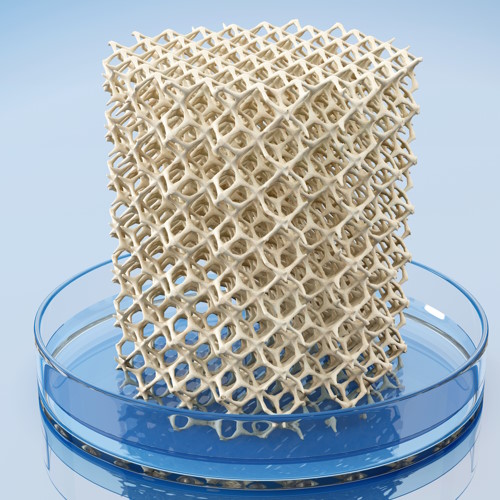Key points from article :
A new technique allows to rapidly 3D print hydrogel materials containing viable cells.
The new technique, fast hydrogel stereolithography printing (FLOAT) significantly reduces the environmental stresses.
Shortage of donor organs for transplant spurred a huge research effort to develop lab-produced alternatives.
3D printing holds enormous promise, and researchers one day will simply be able to print an entire organ.
“The technology we’ve developed is 10-50 times faster than the industry standard,” - Ruogang Zhao, co-author of the study.
Tested its ability to print cells and embedded blood vessel networks for the proper function of 3D-printed organs.
“Allows for the rapid printing of centimeter-sized hydrogel models," - Chi Zhou, co-author of the study.
Allow nutrient solution to penetrate deep into the constructs, a crucial factor in achieving viable printed organs.
Research by University of Buffalo published in Wiley Online Library.




